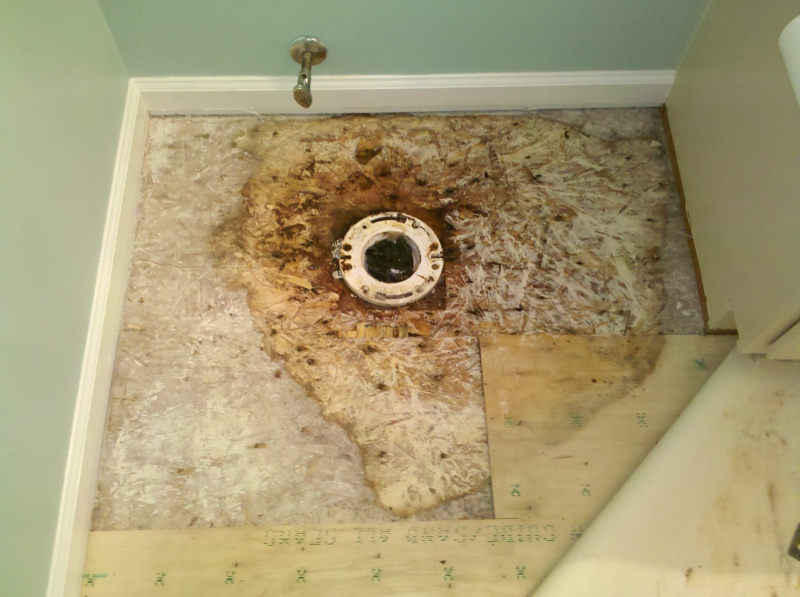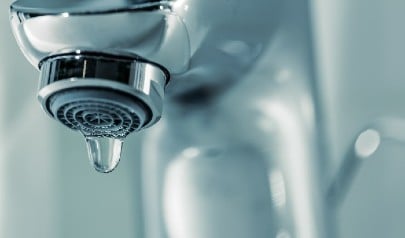Just How to Help Prevent Water Damage in Your Bathroom
Just How to Help Prevent Water Damage in Your Bathroom
Blog Article
Have you been hunting for advise on How to Repair and Prevent Bathroom Water Damage?

The washroom is exceptionally at risk for wet buildup as well as prospective water damage due to the frequent use of water in it. This article supplies straightforward examination strategies to aid finding water damages dangers.
The regular use of water in the bathroom makes it exceptionally susceptible for moist accumulation and also possible water damages. By checking it frequently, you can minimize water associated damages.
The following collection of assessments is simple to perform and also must be done when in every three months in order to maintain your bathroom healthy and to avoid potential water problems caused by the tub, the shower, pipe joints as well as plumbing, sinks, closets, as well as the commode
Do not overlook performing these examinations and be detailed while doing them. Keep in mind that these basic inspections can conserve you a lot of cash by providing very early indications for water damages
Sinks and Cabinets
Sinks as well as cabinets are subjected to dampness as well as moisture everyday and also are frequently forgotten. Examine consistently under the sink as well as on the kitchen counter above it. Fix any kind of drip in the trap as it might suggest drainpipe problems. Browse the sink, slow draining pipelines may suggest a blocked drainpipe. Change sink seals if they are split or loosened.
Tub and Shower
The shower as well as bath tub need unique attention and also maintenance. Inspect the tiles as well as change if broken. See to it that there is no missing cement in between the tiles. Inspect as well as replace split caulking at joints where the walls meet the flooring or the bath tub. Clogged drains as well as pipelines troubles will certainly prevent the tub from drying out and may show serious issues underneath the bathtub. Speak with an expert promptly to stop structural damages. Pay attention to discolorations or soft areas around the tub wall surfaces as they may suggest an interior leakage.
Plumbing
Signs for water damage are hard to find given that most pipes are set up inside the wall surfaces.
Pay unique attention to flooring as well as wall surfaces dampness and stains as they may suggest an unseen plumbing trouble. Examine moisture levels in adjoining spaces also.
The Commode
The commode is a vulnerable water junction. Check the water lines and search for leaks around the bathroom seat, in the pipe, and also under the water container. If you detect any kind of indicators of dampness on the flooring around the commode, look for leakages in the toilet edge and tank seals.
Be aware that hanging toilet dish antiperspirants raises the opportunities for obstructions.
Water Damage Signs In The Bathroom To Avoid Cleanup
Musty smell
This is one of the easiest signs to catch because musty smells are so odorous. The damp, earthy, moldy smell should be a big red flag. The smell will develop when moisture gets trapped in surfaces, and begins to facilitate mold growth. Leaking pipes under cabinets, inside walls, and behind shower fixtures will cause moisture to stay trapped and not dry, which will lead to mold growth and spread. As soon as you notice any musty smells in your bathroom, have it checked for hidden water damage and cleanup signs.
Visible mold
If the smell isn’t there to give it away, sometimes you will actually see mold growth. Finding mold in your bathroom is a serious problem, because mold is very harmful to your health. By the time mold growth is visible, it also means that water damage has already occurred and been present for some time. The only way the mold problem can be resolved is to find the source of the moisture and get it stopped. To safely and adequately remove mold, you need to have professionals handle the remediation. Do not waste any time in getting mold problems addressed, fixed, and sanitized so that you can protect you and your family from the many respiratory symptoms caused by mold exposure.
Damaged floors
Bathroom floors should be able to withstand some exposure to water while still remaining in good condition. However, when excess exposure or water leaks occur, they will begin to damage even the most water-resistant flooring. If you notice any cracking, bubbling, staining, or warping on your bathroom floors, there is probably a water leak somewhere causing the distortion. If you notice areas of the floor have become softer, or even have a spongy feeling, there is probably damage to the subfloor. Subflooring is typically made up of plywood. When plywood is exposed to water or moisture, it will absorb it. Once it has become saturated, the weight of the excess water will cause the wood to swell and soften. Check the floors in your bathroom frequently to catch any of these sings before they lead to damaged subflooring.
Changes on walls
When water leaks behind walls, it will cause changes in the drywall. Peeling plaster, blistering paint, and soggy wallpaper are all good indicators that excess water is building up behind the wall. Water leaking behind drywall will cause it to swell and be soft to the tough. If you start to notice gaps along the trim of your walls, or where tile meets the wall, it could also be a strong indicator that there is a leak behind the wall. Any changes, distortion, or damage on the walls should be evaluated as soon as you notice it to prevent further water damage and cleanup.

Do you enjoy reading about How to Repair and Prevent Bathroom Water Damage? Leave a short review further down. We would be delighted to listen to your feelings about this blog post. In hopes that you come back again before long. Do you know about somebody who is excited about How to Fix a Water Damage Bathroom? Feel free to share it. Thanks so much for your time spent reading it.
Visit Page Report this page